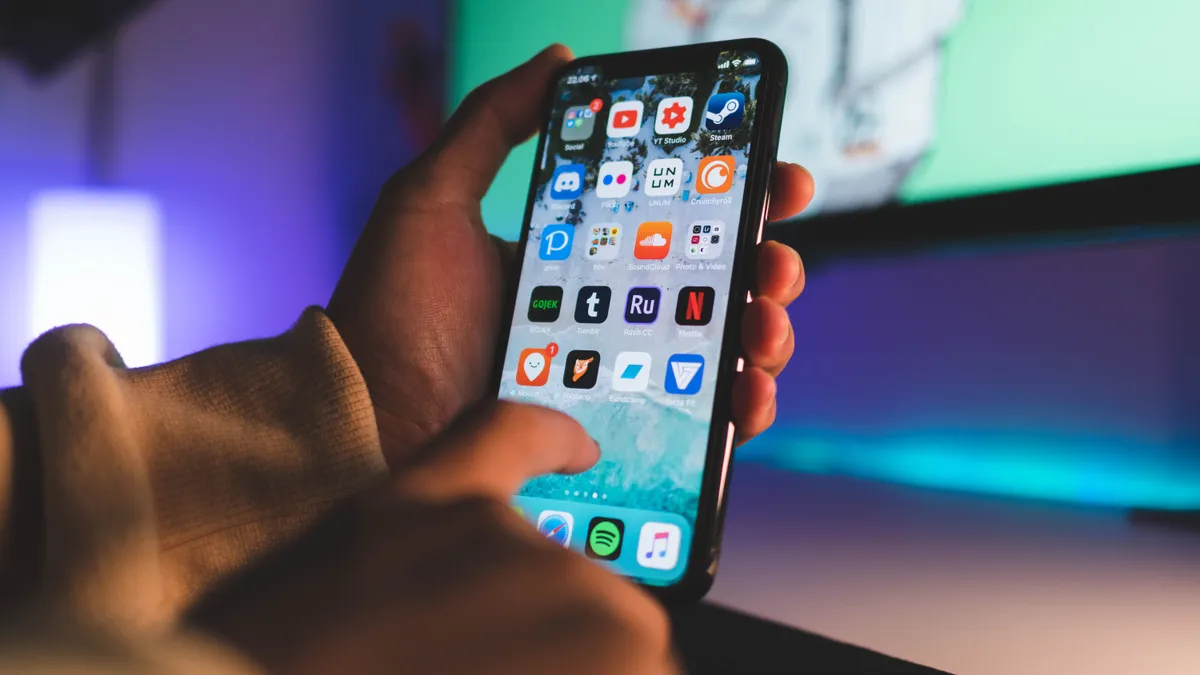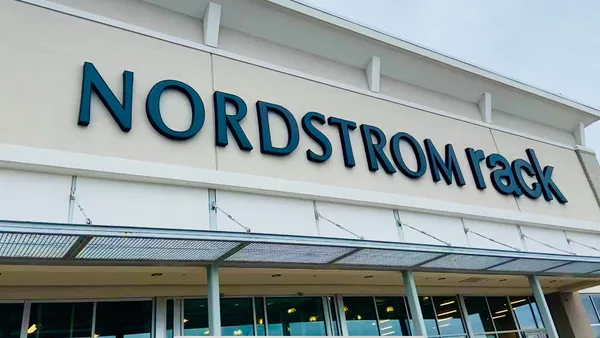Dive Brief:
- Mobile engagement soared in 2020 as consumers across generations spent more time on the channel during the coronavirus pandemic, according to App Annie's latest State of Mobile report. The surge was reflected in marketing as mobile advertising spend grew 26% year over year to $240 billion.
- Mobile ad placements climbed 95% YoY in the U.S., with interstitials experiencing the highest growth among ad formats analyzed in the report. Video ad placements also saw gains, but were surpassed by interstitials in all but two markets: Australia and Canada. The interstitial boom suggests marketers sought cheaper ad inventory as the pandemic's impact created new budgetary pressures, App Annie said.
- Consumers also showed greater willingness to conduct transactions through their phones, spending $143 billion on mobile apps in 2020, a 20% YoY increase. While last year produced unique circumstances that drove more people to mobile, the channel's upward trajectory could continue as App Annie predicts mobile ad spend will top $290 billion in 2021.
Dive Insight:
Mobile engagement has seen a clear spike since the pandemic's early days, with millions turning to their smartphones and other devices to stay connected and entertained while stuck at home. Still, App Annie's latest report illustrates how quickly marketers have shifted their investments to mobile while grappling with budgetary constraints brought on by the health crisis.
Even as the amount of mobile ad placements grew considerably over the past 12 months, the formats commanding the most attention are generally cheaper ones like interstitials, the full-screen interactive placements that pop up before a user can access an app or website content. Mobile video ads, a more premium format that's increasingly dominated the space in recent years, remained prominent, but lost ground and could continue to lag as production challenges and economic pressures linked to COVID-19 persist.
The pandemic has also made clear which app categories are drawing the most attention. Celebrity and influencer partnerships have become a major part of the app marketing playbook, with App Annie calling out Fortnite's Travis Scott collaborations, Dunkin's campaign with TikTok star Charli D'Amelio and meditation app Calm's work with Harry Styles as noteworthy examples. The app analytics firm suggested fusing celebrity ambassadorships with commerce channels like live shopping could prove fruitful for marketers in the future. It's a blended strategy that companies like Walmart pursued around the holidays.
Gaming continues to lead the pack among mobile apps, tracking to surpass $120 billion in consumer spending this year, per App Annie. A separate study by Facebook recently said 28 million U.S. consumers have picked up gaming since March, with the mobile sector seeing 28% audience growth over the period.
Social media has also emerged as a clear winner of the pandemic, with time spent per user spiking up to 325% YoY in 2020, according to App Annie. However, newcomer apps within the category have shifted its balance of power. Video-sharing platform TikTok — the most-downloaded app of 2020 — is projected to reach 1.2 billion monthly active users in 2021 as it sustains momentum that's bested more established rivals like Facebook. App Annie noted that TikTok commanded "significant per-user engagement," landing in the top-five apps measured by time spent.
Growth in mobile engagement was not limited to the younger cohorts typically painted as smartphone-addled. Gen X and baby boomers alike spent 30% more time on their favorite apps last year, App Annie found.














